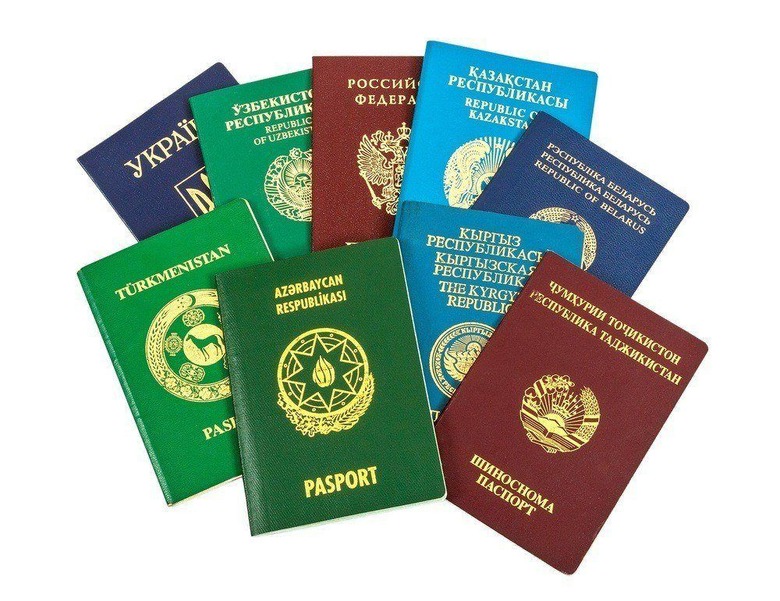What The Colors Of The World's Passports Really Mean
As a seasoned traveler, you've probably noticed that the color of passport books vary from country to country. If you're like us, you probably assumed for a while that each country picks the color they want and that's all there is to it. If so, also like us, you'll probably be surprised to know there's actually a bit of rhyme and reason to this color-coding.
Overall, there are four different passport colors around the world: blue, red, green, and black. Although the exact shades can vary widely without meaning, the color itself has a purpose.
For instance, members of the European Union use burgundy, while the 15 Caricom ("Caribbean community") states such as Antigua, Bahamas, Barbados, Belize, Grenada, Haiti, Jamaica, and St. Lucia use blue. The "New World" in general — North America, South America, Oceania, etc. — utilizes shades of this color.
Green is an important color in the religion of Islam (said to be Prophet Muhammad's favorite color), so many Muslim countries choose to use it. This includes Azerbaijan, Indonesia, Pakistan, and Saudi Arabia, among others.
Red is sometimes a sign that the country has a communist history (as is the case with China and Russia), but it can also be used to reflect other parts of a nation's identity. Switzerland uses it for obvious reasons, but Turkey, for instance, changed to burgundy in 2010 in hopes of joining the EU.
African countries like the Republic of Congo, Liberia, Malawi, and Uganda have opted for black covers.
These color trends aren't strictly followed, however. For a look at all the passports of the world, click here.
